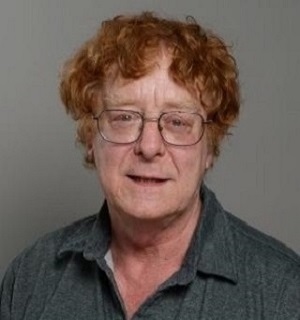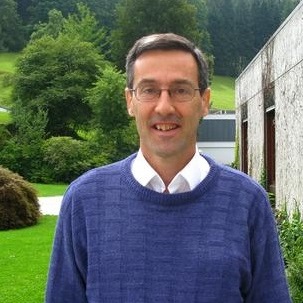Presentations
- Hits: 1049


Regular Two Distance Sets
Pete Casazza
Abstract: This paper makes a deep study of regular two-distance sets. A set of unit vectors X in Euclidean space RRn is said to be regular two-distance set if the inner product of any pair of its vectors is either α or β, and the number of α (and hence β) on each row of the Gram matrix of X is the same. We present various properties of these sets as well as focus on the case where they form tight frames for the underlying space. We then give some constructions of regular two-distance sets, in particular, two-distance frames, both tight and non-tight cases. We also supply an example of a non-tight maximal two-distance frame. Connections among two-distance sets, equiangular lines and quasi-symmetric designs are also iscussed. For instance, we give a sufficient condition for constructing sets of equiangular lines from regular two-distance sets, especially from quasi-symmetric designs satisfying certain conditions.
- Hits: 950

Sampling, Marcinkiewicz-Zygmund Inequalities, Approximation, and Quadrature Rules
Karlheinz Groechenig
Abstract: Given a sequence of Marcinkiewicz-Zygmund inequalities in L2 , we derive approximation theorems and quadrature rules. The derivation is completely elementary and requires only the definition of Marcinkiewicz-Zygmund inequality, Sobolev spaces, and the solution of least square problems. We briefly discuss the existence and construction of Marcinkiewicz-Zygmund inequalities in Bergman and Hardy spaces.
- Hits: 1052

Syndetic Riesz sequences
M. Bownik
Abstract: In this talk we show that every subset $\mathcal{S}$ of the torus of positive Lebesgue measure admits a Riesz sequence of exponentials $\{ e^{i\lambda x}\} _{\lambda \in \Lambda}$ in $L^2(\mathcal S)$ such that $\Lambda\subset\mathbb{Z}$ has gaps between consecutive elements bounded by $ \frac{C}{|\mathcal{S}|}$. The proof relies on the solution of the Kadison-Singer problem by Marcus, Spielman, and Srivastava.
The talk is based on a joint work with Itay Londner (University of British Columbia).


